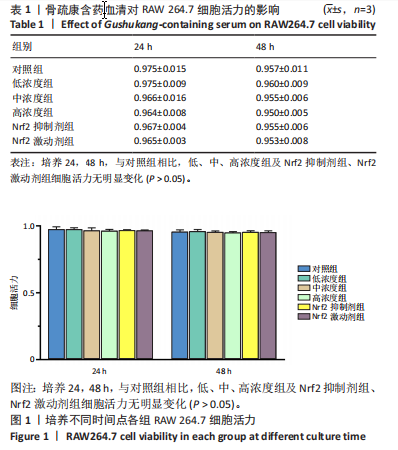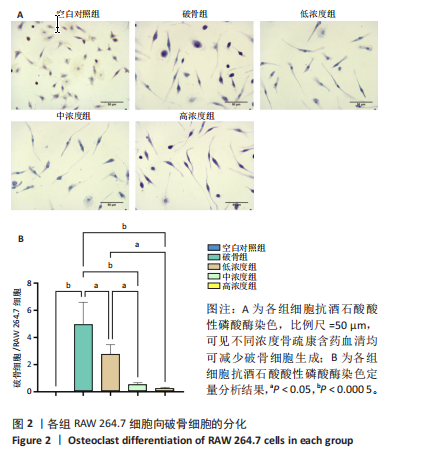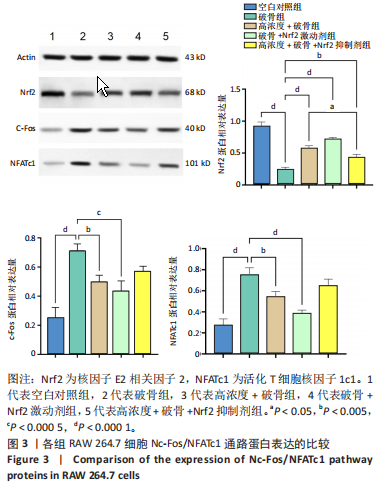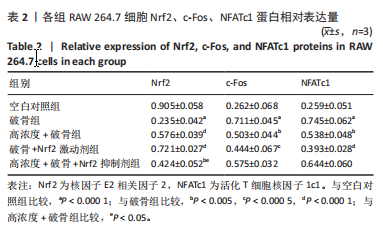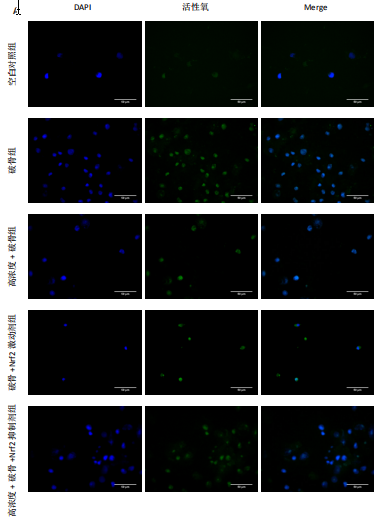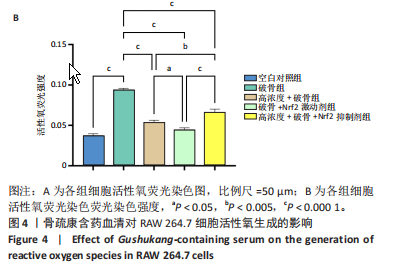[1] 中国骨质疏松症流行病学调查及“健康骨骼”专项行动结果发布[J].中华骨质疏松和骨矿盐疾病杂志,2019,12(4):317-318.
[2] LEWIECKI EM, ORTENDAHL JD, VANDERPUYE-ORGLE J, et al. Healthcare policy changes in osteoporosis can improve outcomes and reduce costs in the United States. JBMR Plus. 2019;3(9):e10192.
[3] BORGSTRÖM F, KARLSSON L, ORTSÄTER G, et al. Fragility fractures in Europe: burden, management and opportunities. Arch Osteoporos. 2020;15(1):59.
[4] ZHANG X, HAMADEH IS, SONG S, et al. Osteonecrosis of the Jaw in the United States Food and Drug Administration’s Adverse Event Reporting System (FAERS). J Bone Miner Res. 2016;31(2):336-340.
[5] 黄莉,李悦,邱建利,等.骨疏康治疗原发性骨质疏松症随机对照临床研究Meta分析[J].辽宁中医药大学学报,2016,18(4):85-88.
[6] 杨亚珊,罗云霞,竺红.骨疏康胶囊治疗糖皮质激素性骨质疏松症的临床研究[J].中国骨质疏松杂志,2017,23(6):795-799.
[7] 陈勇.骨疏康胶囊治疗绝经后骨质疏松性转子间骨折的临床效果分析[J].中国骨质疏松杂志,2019,25(11):1571-1575.[8] 谢雁鸣,刘峘,姜俊杰,等.绝经后骨质疏松症中医临床实践指南(征求意见稿)[J].中国中药杂志,2021,46(22):5992-5998.
[9] LIN R, XIE B, XIE L, et al. Integrated proteomics and metabolomics analysis of lumbar in a rat model of osteoporosis treated with Gushukang capsules. BMC Complement Med Ther. 2022;22(1):333.
[10] KALINKOVICH A, LIVSHITS G. Biased and allosteric modulation of bone cell-expressing G protein-coupled receptors as a novel approach to osteoporosis therapy. Pharmacol Res. 2021;171:105794.
[11] YU W, ZHONG L, YAO L, et al. Bone marrow adipogenic lineage precursors promote osteoclastogenesis in bone remodeling and pathologic bone loss. J Clin Invest. 2021;131(2):e140214.
[12] SONG S, GUO Y, YANG Y, et al. Advances in pathogenesis and therapeutic strategies for osteoporosis. Pharmacol Ther. 2022;237:108168.
[13] ZUPAN J, KOMADINA R, MARC J. The relationship between osteoclastogenic and anti-osteoclastogenic pro-inflammatory cytokines differs in human osteoporotic and osteoarthritic bone tissues. J Biomed Sci. 2012;19(1):28.
[14] LEE HI, LEE GR, LEE J, et al. Dehydrocostus lactone inhibits NFATc1 via regulation of IKK, JNK, and Nrf2, thereby attenuating osteoclastogenesis. BMB Rep. 2020;53(4):218-222.
[15] WANG Q, ZHAO Y, SHA N, et al. The systemic bone protective effects of Gushukang granules in ovariectomized mice by inhibiting osteoclastogenesis and stimulating osteoblastogenesis. J Pharmacol Sci. 2018;136(3):155-164.
[16] CHENG Y, LIU H, LI J, et al. Evaluation of culture conditions for osteoclastogenesis in RAW264.7 cells. PLoS One. 2022;17(11): e0277871.
[17] ZHAO Y, WANG Q, LIU S, et al. Preparation Of Gushukang (GSK) Granules for In Vivo and In Vitro Experiments. J Vis Exp. 2019;(147). doi: 10.3791/59171.
[18] YANG Y, LI L, HANG Q, et al. γ-glutamylcysteine exhibits anti-inflammatory effects by increasing cellular glutathione level. Redox Biol. 2019;20:157-166.
[19] ZHU C, SHEN S, ZHANG S, et al. Autophagy in Bone Remodeling: A Regulator of Oxidative Stress. Front Endocrinol (Lausanne). 2022; 13:898634.
[20] LIANG B, BURLEY G, LIN S, et al. Osteoporosis pathogenesis and treatment: existing and emerging avenues. Cell Mol Biol Lett. 2022; 27(1):72.
[21] VEIS DJ, O’BRIEN CA. Osteoclasts, Master Sculptors of Bone. Annu Rev Pathol. 2023;24;18:257-281.
[22] YOON J, BAEK C, KIM H, et al. Remifentanil Negatively Regulates RANKL-Induced Osteoclast Differentiation and Bone Resorption by Inhibiting c-Fos_NFATc1 Expression. Tissue Eng Regen Med. 2018;15(3):333-340.
[23] CHEN Z, DING M, CHO E, et al. 2-Nppa Mitigates Osteoclastogenesis via Reducing TRAF6-Mediated c-fos Expression. Front Pharmacol. 2021; 11(2021): 1-12.
[24] ASAGIRI M, TAKAYANAGI H. The molecular understanding of osteoclast differentiation. Bone. 2007;40(2):251-64.
[25] CHOOA Y, TRANA PT, MINB B, et al. Sappanone A inhibits RANKL-induced osteoclastogenesis in BMMs and prevents inflammation-mediated bone loss. Int Immunopharmacol. 2017;52(2017):230-237.
[26] SUN YX, XU AH, YANG Y, et al. Role of Nrf2 in bone metabolism. J Biomed Sci. 2015;29;22:101
[27] WANG L, LIANG Y, ZHOU X, et al. Nrf2 differentially regulates osteoclast and osteoblast differentiation for bone homeostasis. Biochem Biophys Res Commun. 2023;24;674:19-26.
[28] AGIDIGBI TS, KIM C. Reactive Oxygen Species in Osteoclast Differentiation and Possible Pharmaceutical Targets of ROS-Mediated Osteoclast Diseases. Int J Mol Sci. 2019;22;20(14):3576.
[29] KIM EN, TRANG NM, KANG H, et al. Phytol Suppresses Osteoclast Differentiation and Oxidative Stress through Nrf2/HO-1 Regulation in RANKL-Induced RAW264.7 Cells. Cells. 2022;11(22):3596.
[30] CHEN D, YE Z, WANG C, et al. Arctiin abrogates osteoclastogenesis and bone resorption via suppressing RANKL-induced ROS and NFATc1 activation. Pharmacol Res. 2020;159:104944.
[31] YUAN Y, ZHAI YY, CHEN JJ, et al. Kaempferol Ameliorates Oxygen-Glucose Deprivation/Reoxygenation-Induced Neuronal Ferroptosis by Activating Nrf2/SLC7A11/GPX4 Axis. Biomolecules. 2021;11(7):923.
[32] 赵丽娜,葛国岚,李靖,等.蛇床子素通过 Nrf2-Gpx4 铁死亡途径对肺炎支原体肺炎大鼠肺损伤的改善 作用[J].中成药,2023,45(1): 48-54.
[33] 徐安琦,艾多,马丞飞,等.特丁基对苯二酚对氮芥诱导小鼠急性肝损伤的保护作用及机制[J].华南国防医学杂志,2022,36(11): 845-852.
[34] 刘泽霖,郭晓艳,李佳欢,等.Nrf2 通路对日本脑炎病毒感染小鼠神经瘤细胞引起氧化应激反应的影响[J].畜牧兽医学报,2023, 54(1):317-327. |
